Description
The croton plant (Codiaeum variegatum) is a striking tropical plant known for its colorful, variegated leaves in shades of red, yellow, orange, green, and even purple. It’s commonly grown as a houseplant in cooler climates and as a landscape plant in tropical regions.
🌿 Croton Plant Basics
| Feature | Details |
|---|---|
| Common Name | Croton |
| Scientific Name | Codiaeum variegatum |
| Plant Type | Evergreen shrub (houseplant or landscape) |
| Native To | Southeast Asia and Pacific Islands |
| Light Needs | Bright, indirect light (direct sun enhances color) |
| Watering | Keep soil consistently moist, not soggy |
| Humidity | High humidity preferred |
| Toxicity | Toxic to pets and humans if ingested |
🌞 Light Requirements
-
Bright, indirect light is best.
-
Too little light = dull leaf color.
-
Direct sun (for a few hours) can enhance the colors but too much may burn the leaves.
💧 Watering Tips
-
Water when the top inch of soil is dry.
-
Do not let the plant sit in water – crotons hate soggy roots.
-
Use room-temperature water (cold can shock the plant).
🌡️ Temperature & Humidity
-
Prefers temperatures between 60–85°F (15–29°C).
-
Avoid drafts and sudden temperature changes.
-
Loves high humidity — misting, a humidifier, or pebble trays help.
🌱 Soil & Potting
-
Use well-draining potting soil.
-
A mix for tropical plants or a standard indoor mix with perlite works well.
-
Repot every 1–2 years or when root-bound.
🍂 Common Issues
| Problem | Cause |
|---|---|
| Leaf drop | Sudden environmental changes, over/underwatering |
| Brown edges | Low humidity or inconsistent watering |
| Pale leaves | Not enough light |
| Pests (spider mites, scale) | Dry air or infrequent cleaning |
🌼 Tips for a Healthy Croton
-
Wipe leaves regularly to keep them dust-free and pest-free.
-
Rotate the pot so it grows evenly.
-
If pruning, always wear gloves (sap may irritate skin).
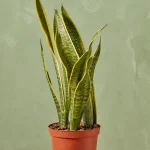
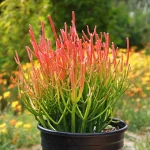
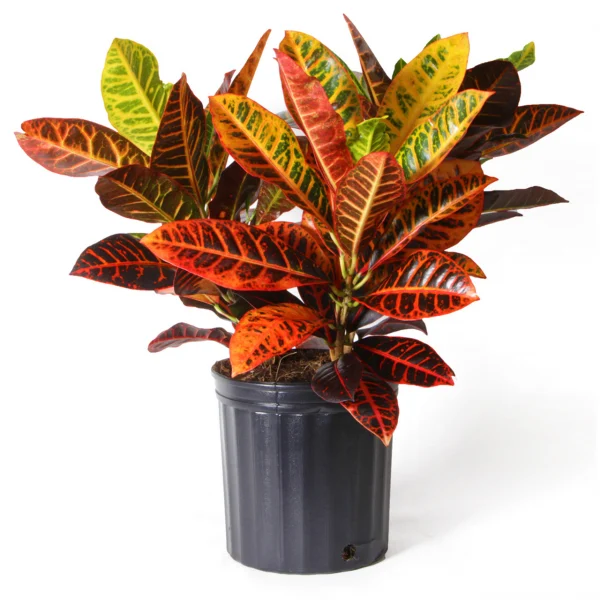

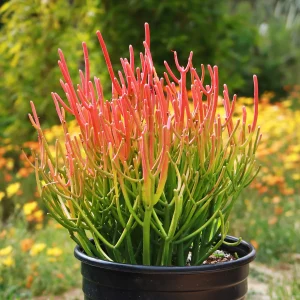
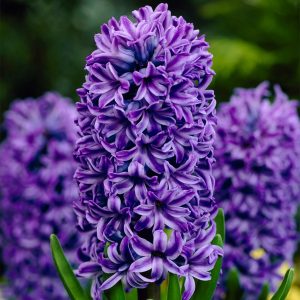
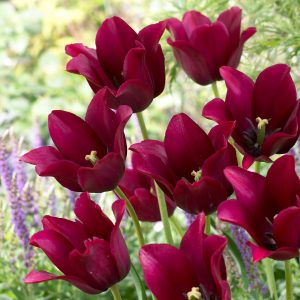

Reviews
There are no reviews yet.